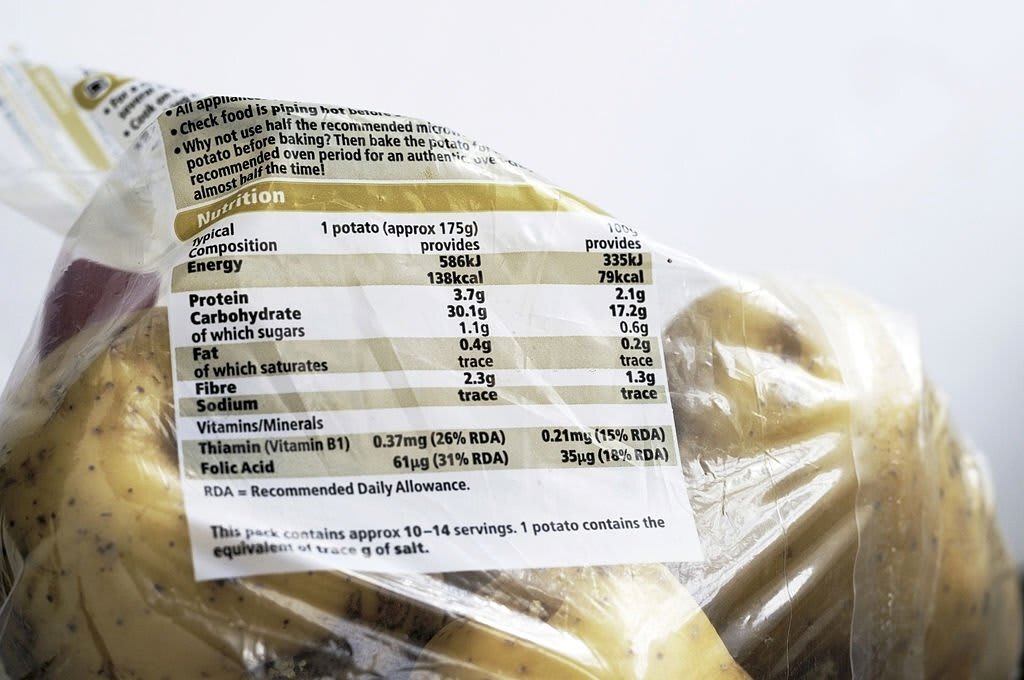Understanding Food Labels
Decoding Nutrition Information for Smart Choices

In today's fast-paced world, making healthy choices when it comes to food can be a real challenge. With countless options lining grocery store shelves and the ever-growing number of fad diets and nutrition trends, it's easy to feel overwhelmed. That's where food labels come to the rescue, serving as valuable tools that can help us make informed decisions about what we put into our bodies. In this article, we will delve into the world of food labels, deciphering the nutrition information they provide, and empowering you to make smart choices for a healthier lifestyle.
Let's start by taking a closer look at the basic components of a food label. At first glance, a food label may appear to be a jumble of numbers, percentages, and unfamiliar terms. However, with a little understanding, you can unlock the valuable information it holds.
Serving Size: This is the suggested portion of the food that the nutrition information applies to. It's important to pay attention to serving sizes, as they can vary significantly between different products. Remember, the nutritional values listed on the label correspond to one serving, and consuming more than the recommended serving size will mean taking in additional nutrients.
Calories: Calories provide a measure of the energy content in food. Understanding calorie content is crucial for maintaining a healthy weight. If you're trying to lose weight, opt for lower-calorie options, while those aiming to gain weight may choose higher-calorie foods.
Nutrients: The nutrient section of a food label lists important components such as fat, carbohydrates, protein, fiber, and various vitamins and minerals. It's essential to pay attention to the amounts and percentages of these nutrients. Look for products that are low in saturated fats, trans fats, cholesterol, and sodium. On the other hand, seek out foods that are high in fiber, vitamins, and minerals.
Percent Daily Value (%DV): This information is based on a 2,000-calorie daily diet and provides a reference point for evaluating the nutritional content of a food item. The %DV allows you to quickly determine whether a food is high or low in a particular nutrient. For instance, if a food item has 20% of the Daily Value for fiber, it means that one serving provides 20% of the recommended daily intake.
Now that we've covered the basics, let's explore some real-life examples to illustrate the importance of reading food labels.
Consider two breakfast cereals. The first claims to be a "healthy start," with enticing packaging and buzzwords like "all-natural" and "low-fat" plastered across the box. However, a closer look at the food label reveals that it is high in added sugars and lacks significant fiber content. On the other hand, the second cereal, despite not being as flashy, contains higher fiber and lower sugar content. Armed with this information, you can confidently make the smarter choice for your breakfast routine.
Another example is comparing two brands of tomato sauce. Both claim to be "organic" and "heart-healthy." However, upon examining the labels, you discover that one brand contains significantly more sodium and added sugars compared to the other. By opting for the brand with lower sodium and sugar content, you can enjoy a delicious pasta dinner without compromising your health goals.
By understanding food labels and making informed choices, you take control of your health and well-being. Here are a few tips to help you navigate the aisles with confidence:
Read the labels: Take the time to read and understand the food labels on the products you purchase. Look beyond the marketing claims and focus on the actual nutritional content.
Compare products: Don't settle for the first item you see on the shelf. Compare different brands and variations to find the one that aligns best with your nutritional goals.
Watch out for hidden ingredients: Pay attention to ingredient lists and avoid products with long lists of additives, preservatives, and artificial ingredients.
Balance your choices: Food labels help you strike a balance between essential nutrients. Aim for a diet rich in fruits, vegetables, whole grains, lean proteins, and healthy fats.
In conclusion, food labels are powerful tools that provide vital information to help you make smart choices for your health. By understanding serving sizes, calorie content, nutrient values, and percent daily values, you can make informed decisions that align with your nutritional goals. Remember to read labels carefully, compare products, watch out for hidden ingredients, and strive for balance in your overall diet. Armed with this knowledge, you can embark on a journey towards a healthier, happier you.





Comments
There are no comments for this story
Be the first to respond and start the conversation.